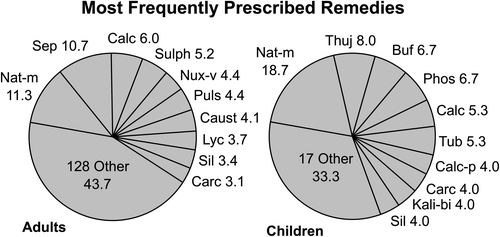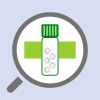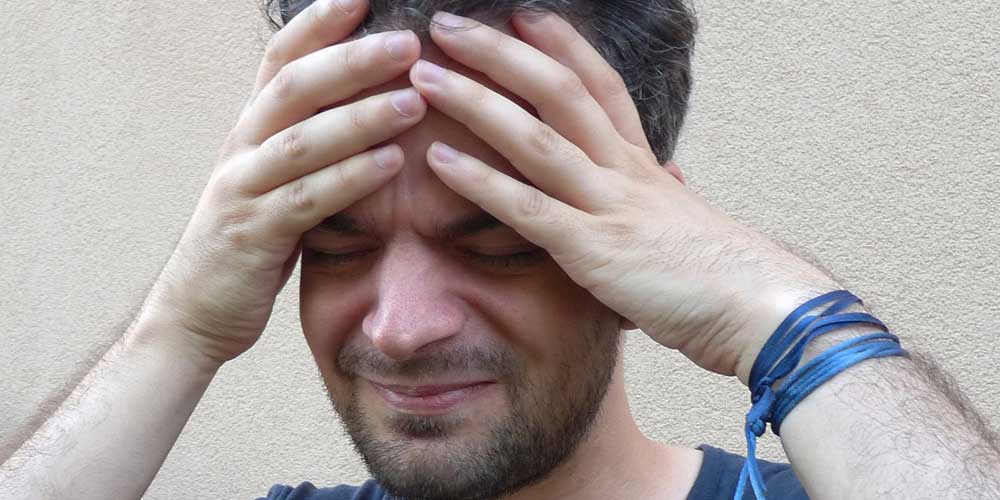Migraine is a neurological syndrome characterized by altered bodily perceptions, severe headaches, and nausea.
Migraine is a common illness, with a life-time prevalence of about 14% worldwide (9% in men, 20% in women), and is more commonly observed in Europe (15%) and North America (13%).
Homeopathic Treatment of Patients with Migraine: A Prospective Observational Study with a 2-Year Follow-Up Period — is published in The Journal of Alternative and Complementary Medicine (Volume: 16 Issue 4: April 27, 2010) by Claudia M. Witt, Rainer Lüdtke, Stefan N. Willich.
The objective of this study was to evaluate treatment details and possible effects of an individualized homeopathic treatment in patients with migraine in usual care.
This was a prospective multi-center observational study.
Consecutive patients beginning homeopathic treatment in primary care practices were evaluated over 2 years using standardized questionnaires.
The data recorded included diagnoses (International Classification of Diseases, Ninth Revision) and current complaints, including their severity (numeric rating scale=0–10), health-related quality of life (QoL, 36-item Short-Form Health Survey), medical history, consultations, homeopathic and conventional treatments, as well as other health service use.
Two hundred and twelve (212) adults (89.2% women), mean age 39.4±10.7 years were treated by 67 physicians.
Patients had suffered from migraine for a period of 15.2±10.9 years.
Most patients (90.0%) were conventionally pretreated.
The physician workload included taking the initial patient history (120±45 minutes), case analysis (40±47 minutes), and follow-ups (7.3±7.0, totaling 165.6±118.8 minutes).
Patients received 6.2±4.6 homeopathic prescriptions.
Migraine severity showed marked improvement with a large effect size (Cohen’s d=1.48 after 3 months and 2.28 after 24 months.
Quality of life (QoL) improved accordingly (Mental Component Score and Physical Component Score after 24 months: 0.42 and 0.45).
The use of conventional treatment and health services decreased markedly.
Researchers concluded “In our observational study, patients seeking homeopathic treatment for migraine showed relevant improvements that persisted for the observed 24 month period.
Due to the design of this study, however, it does not answer the question as to whether the effects are treatment specific or not.”
P.S.
Most frequently prescribed homeopathic remedies in adults and children.
Percentage of prescriptions during the study period is shown next to each remedy.
Remedies are identified with traditional abbreviations.

Above diagram shows homeopathic remedies prescribed during the study.


It doesn’t help much if we don’t know which drugs were used and how.
Most frequently prescribed homeopathic remedies are: Nat-m., Sep., Thuj., Bufo, Phos., Calc. etc.
Good trial.
I think that could be better with the symptoms taken for the prescription.